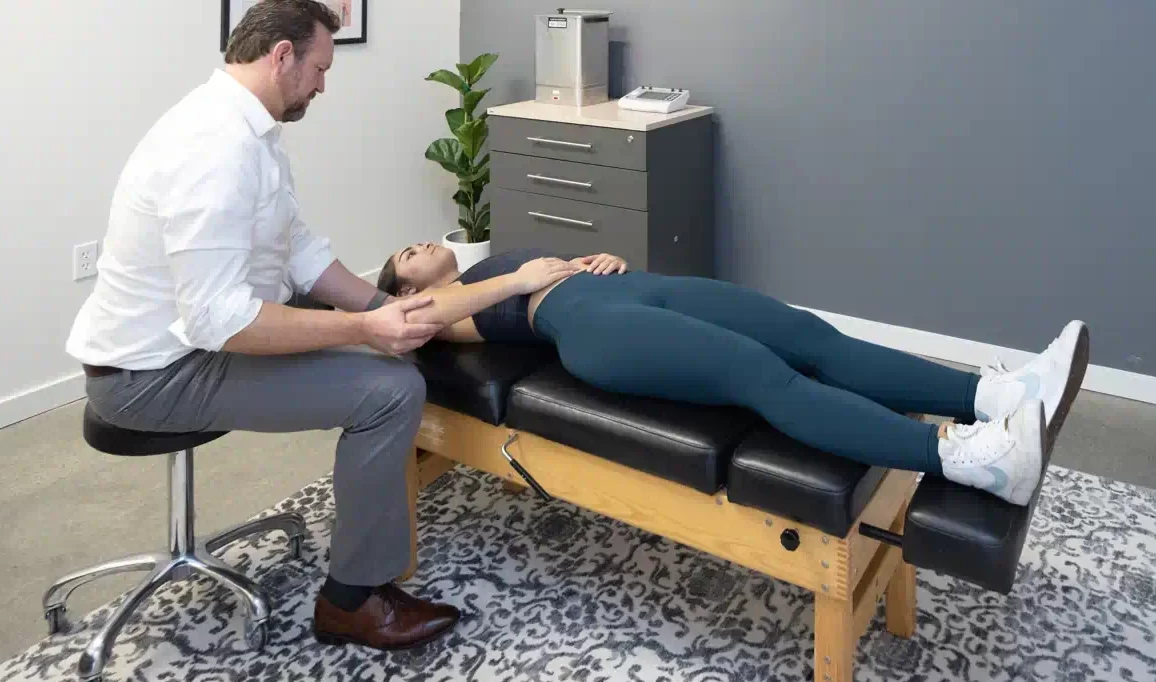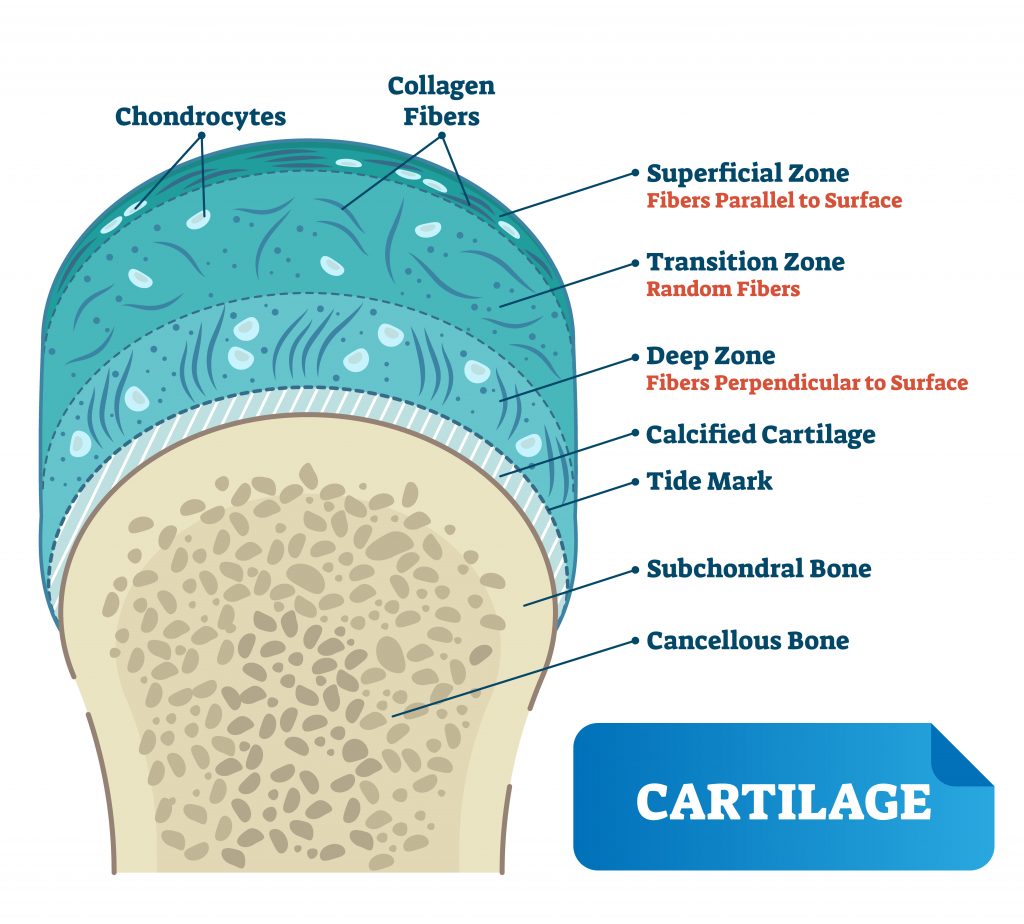
A patient asked me this question just now. And, I get asked this a lot.

This popping sound is known as cavitation or tribonucleation—a technical term for the release of gas bubbles in the joint fluid due to the change in pressure.
When the joint pops, reflexes trigger pain relief and muscle relaxation. This allows for a greater range of motion in the affected area.
Immediately after an adjustment, there’s a period—typically around 20 minutes—where the joint remains more mobile, and the muscles are relaxed, during which the joint won’t pop again. The increased range of motion can last anywhere from 3 hours to 3 days, depending on the individual. During this time, improved mobility allows for better nutrient delivery to the joints, and it helps retrain the body’s reflexes to maintain relaxation for longer periods.

Apparently, when you get your neck adjusted, the sound comes from the opposite side of your neck.
Dr. Lloyd